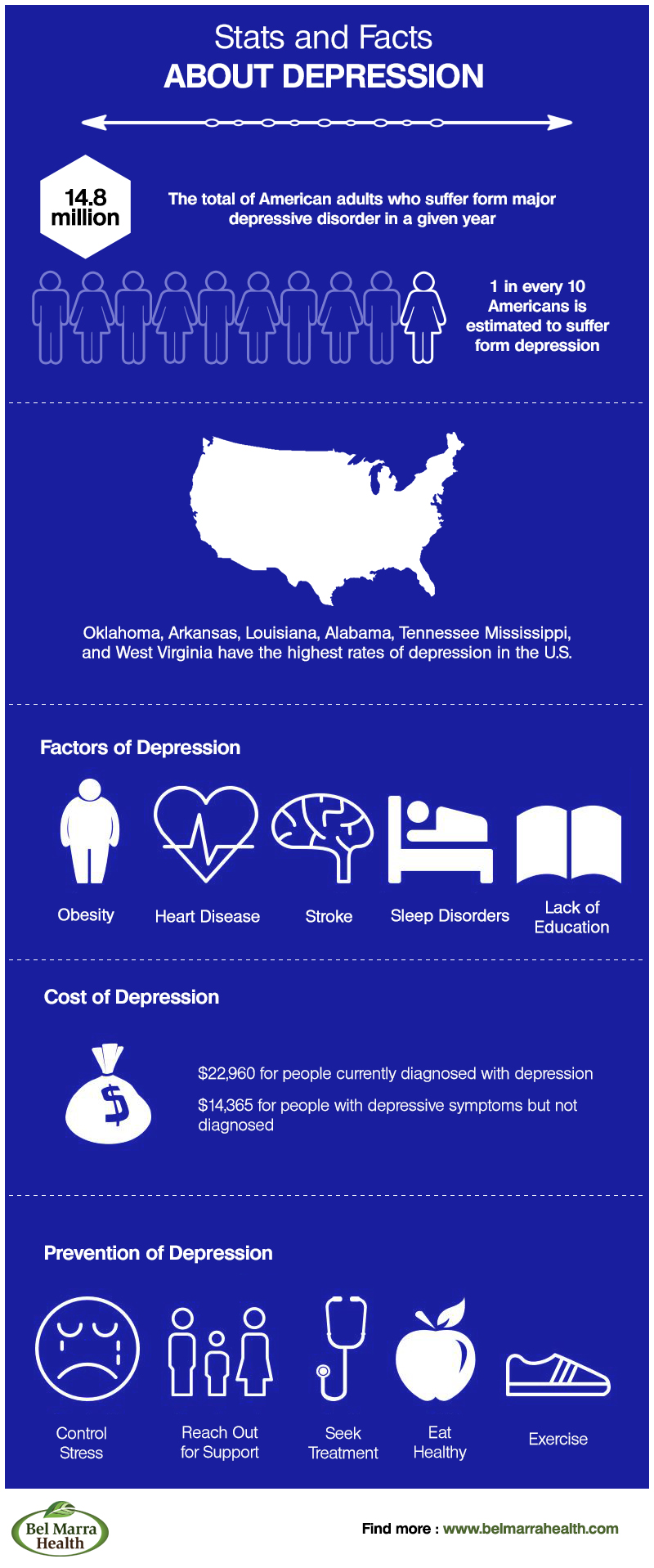

- Depression infographic how to#
- Depression infographic code#
Screen New Patients for PTSD with Validated Instrument = 71%. Most Providers Screen New Patients for PTSD or Depression, But They Are Less Likely to Assess Symptoms over Time to Inform Treatment Government civilians and civilian contractors make up around two-thirds of the MHS workforce. Providers may be employed at MTFs in one of three ways: as an active-duty service member, as a government civilian employee, or as a civilian contractor. Mental health providers who treat service members with PTSD and depression at military treatment facilities (MTFs) include those with prescribing privileges, referred to as "prescribers" (psychiatrists or psychiatric nurse practitioners) and those who traditionally provide non-pharmacologic treatments, referred to as "therapists" (doctoral-level psychologists or master's-level clinicians). Psychiatric nurse practitioners (PNPs) = 8%. Psychiatric nurse practitioners (PNPs) = 4%. Psychiatric nurse practitioners (PNPs) = 5%. Each Service Branch Has Its Own Processes and Policies for Recruiting, Hiring, and Staffing the Provider Workforce at Its Facilities This research brief provides data on various aspects of the MHS capacity to treat PTSD and depression. Ensuring the quality and availability of programs and services targeting two of the most common conditions diagnosed and treated in the MHS - posttraumatic stress disorder (PTSD) and depression - is a key contributor to this goal. The Military Health System (MHS) plays a critical role in maintaining a physically and psychologically healthy force. What are your favorite ways of increasing your feelings of connectedness?įiled Under: Uncategorized About Dr.Military Mental Health: Provider Perspectives on Treating PTSD and Depression Watch my TEDx talk to get all the details on the science. You could have 1,000 friends and still feel low in connection (thus the expression loneliness in a crowd) but you could also have no close friends or relatives but still feel very connected from within. Most poignantly, a landmark survey showed that lack of social connectedness predicts vulnerability to disease and death beyond traditional risk factors such as smoking, blood pressure, and physical activity! Eat your greens and exercise, yes, but don’t forget to connect.įeel like you may be low on social connection?įear not! The good news is that social connection has more to do with your subjective feeling of connection than your number of friends. People low in social connection are more vulnerable to anxiety, depression, antisocial behavior, and even suicidal behaviors which tend to further increase their isolation. This decline in social connectedness may explain reported increases in loneliness, isolation, and alienation and may be why research is finding that loneliness represents one of the leading reasons people seek psychological counseling. This survey suggests that one in four people that we meet may have no one they call a close friend! In 2004 it dropped to zero, with over 25% of Americans saying that they have no one to confide in. A revealing sociological study showed that the modal number of close others (i.e., people with whom one feels comfortable sharing a personal problem) Americans claimed to have in 1985 was only three. Despite its clear importance for health and survival, research shows that social connectedness is waning at an alarming rate in the US. Research unfortunately shows that loneliness is on the rise. Low levels of social connection are associated with declines in physical and psychological health as well as a higher likelihood for antisocial behavior that leads to further isolation. Unfotunately, the opposite is also true for those who lack social connectedness. In other words, social connectedness generates a positive feedback loop of social, emotional and physical well-being. Moreover, studies show they also have higher self-esteem, greater empathy for others, are more trusting and cooperative and, as a consequence, others are more open to trusting and cooperating with them. People who feel more connected to others have lower levels of anxiety and depression. 
Depression infographic code#
– strengthens your immune system(research by Steve Cole shows that genes impacted by loneliness also code for immune function and inflammation) – leads to a 50% increased chance of longevity On the other hand, strong social connection: One landmark study showed that lack of social connection is a greater detriment to health than obesity, smoking and high blood pressure. But how many of us know that social connection is just as critical?
Depression infographic how to#
We all think we know how to take good are of ourselves: eat your veggies, work out and try to get enough sleep. Social connection improves physical health and mental and emotional well-being.






 0 kommentar(er)
0 kommentar(er)
